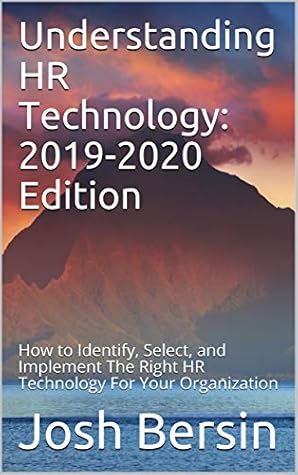Kindle Notes & Highlights
by
Josh Bersin
Read between
April 19 - April 28, 2020
In fact, I believe the markets for HR technology and Workplace technology are merging.
One of the more innovative new core HCM platforms is a product called Bob, from a fast-growing company called HiBob.
As an analyst I get to talk with a lot of vendors. And one of the most interesting changes taking place this year is the way Workplace technology vendors (Microsoft, Google, Slack, Atlassian, Facebook) are all getting into HR. Why? Because all the HR tools we bought as a “destination” in the past are being integrated into the flow of work.
More than 37% of companies tell us (McKinsey research) that they are already using or experimenting with agile models of work, and this means managing cross-functional teams, setting team goals, and valuing people based on skills and connections, not job level, title, or tenure.
Xander and Compass, for example, give managers coaching based on direct feedback from engagement surveys. Pymetrics can assess mental capabilities and skills through AI-based games, dramatically improving hiring. Zugata can assess and analyze functional and technical capabilities through surreptitious emails to peers. Butterfly.ai can coach managers based on behavioral cues and real-time feedback. Volley can read documentation and generate learning assessments automatically. Edcast can recommend content based on role and experience of others. BetterUp can identify the best coach and monitor
...more
In many ways recruitment is the most important thing managers do. And many HR managers tell me that almost a third of their hires don’t work out, despite extensive testing, assessment, and job fit analysis. The answer, of course, is an escalating war to leverage data, intelligent algorithms, and social sensing tools to make recruitment more effective.
I estimate that more than 45 million people change jobs in the US alone each year[6], and around the world this is at least 4-5 times bigger. And


